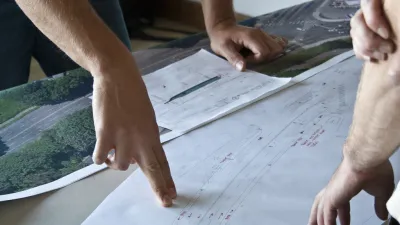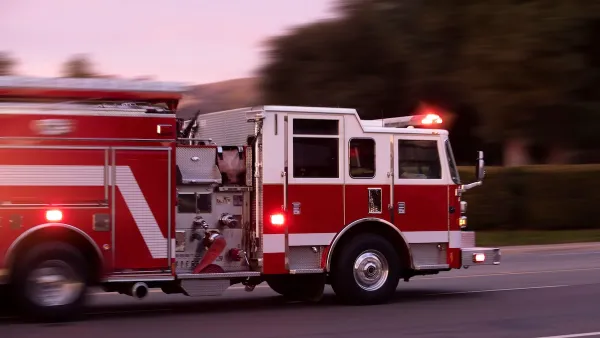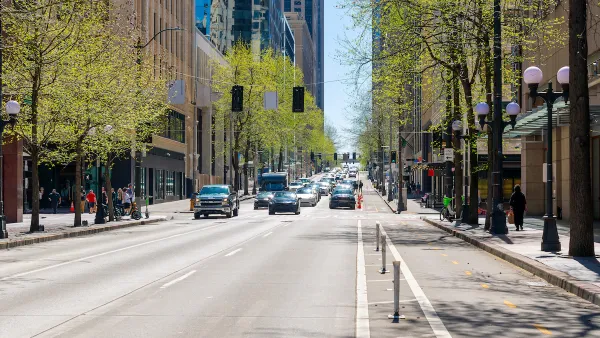Slowing traffic by reducing the width of lanes should not be a one-size fits all approach to reaching Vision Zero.

The idea of putting roads on diets—essentially shrinking the width of driving lanes to slow vehicles down—is a common topic in the recent discourse of how we reduce traffic fatalities down to zero. Multiple cities around the world have instituted such policies by shrinking lanes for vehicular traffic and adding bicycle and pedestrian improvements.
Cathy Tuttle, writing in The Urbanist, argues that while reducing the width of lanes on urban streets is a key component in slowing traffic to make streets safer for all users, the same may not hold true for highways and other designated truck and transit routes. Citing the fatal crash of a Duck Boat on Seattle’s Aurora Bridge in September, Tuttle notes that the bridge stands out as an example of where narrower is not necessarily better for promoting safety.
“… Federal standards for highways recommend 12-foot lanes, in addition to shoulders wide enough for emergency parking and median barriers. Most lanes along I-5 are 12 feet wide. The Aurora Bridge lanes are 9.5 feet wide…
Lanes on highways need to be wide to accommodate wide vehicles moving quickly. Traffic on the Aurora Bridge is posted 40 MPH, while people driving average more than 10 miles an hour faster (p.19 here [PDF]). The Aurora Bridge has had 144 crashes since 2005.”
FULL STORY: Let's Talk About Lane Width

Analysis: Cybertruck Fatality Rate Far Exceeds That of Ford Pinto
The Tesla Cybertruck was recalled seven times last year.

National Parks Layoffs Will Cause Communities to Lose Billions
Thousands of essential park workers were laid off this week, just before the busy spring break season.

Retro-silient?: America’s First “Eco-burb,” The Woodlands Turns 50
A master-planned community north of Houston offers lessons on green infrastructure and resilient design, but falls short of its founder’s lofty affordability and walkability goals.

Test News Post 1
This is a summary

Analysis: Cybertruck Fatality Rate Far Exceeds That of Ford Pinto
The Tesla Cybertruck was recalled seven times last year.

Test News Headline 46
Test for the image on the front page.
Urban Design for Planners 1: Software Tools
This six-course series explores essential urban design concepts using open source software and equips planners with the tools they need to participate fully in the urban design process.
Planning for Universal Design
Learn the tools for implementing Universal Design in planning regulations.
EMC Planning Group, Inc.
Planetizen
Planetizen
Mpact (formerly Rail~Volution)
Great Falls Development Authority, Inc.
HUDs Office of Policy Development and Research
NYU Wagner Graduate School of Public Service




























